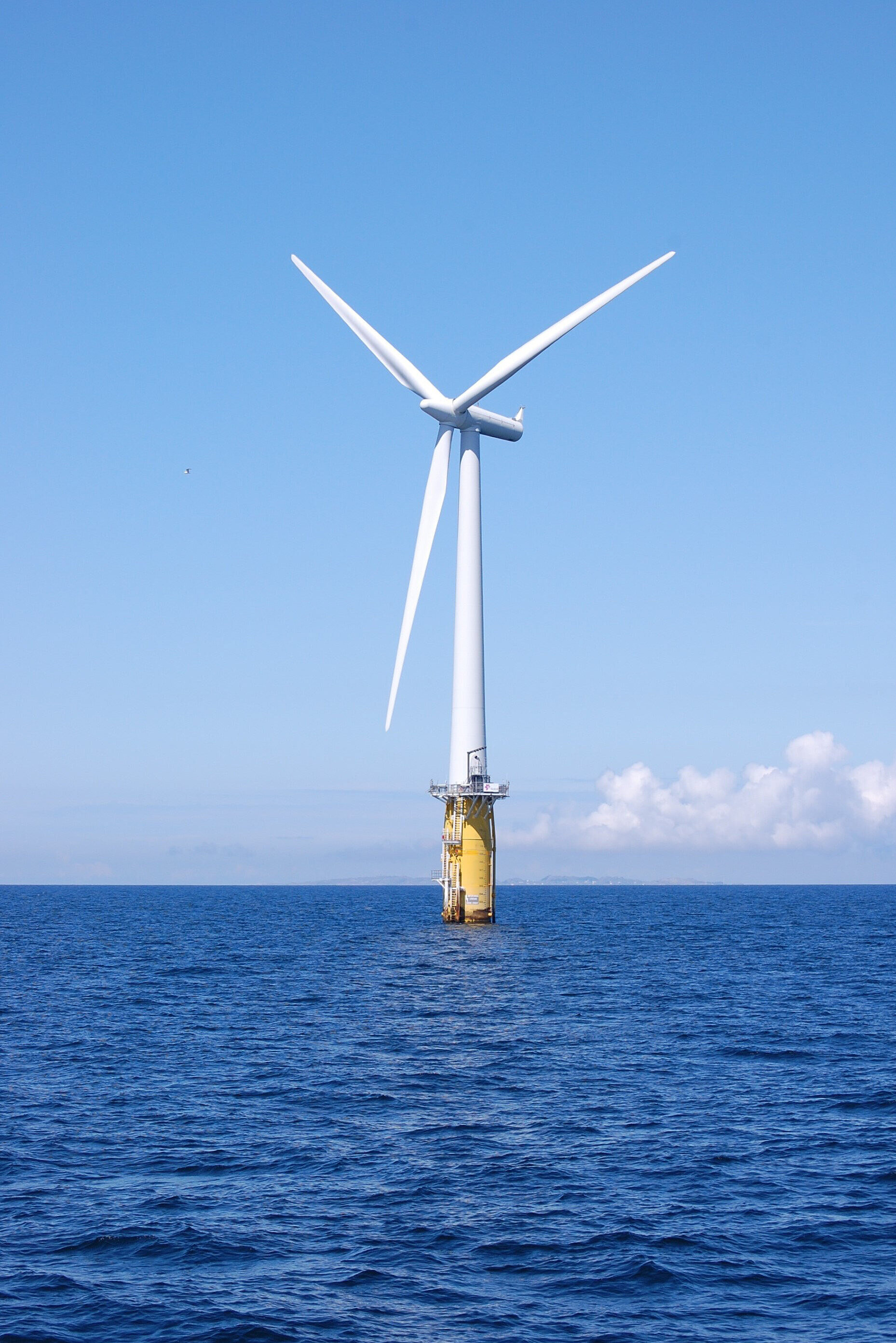
DNV GL issues new rules on floating wind structures

The floating offshore wind turbine Hywind (Source: DNV GL)
New rules on floating wind structures released by DNV GL have been designed to provide a solid basis both for experienced stakeholders and new entrants to the sustainable energy sector.
The rules apply standardised well-proven maritime processes to floating wind, enabling owners, designers, and manufacturers to benefit from the opportunities available in what the classification society describes as “this exciting new segment”.
“Floating offshore wind is poised to be one of the key technologies that can help build the renewable energy power base that underpins global decarbonisation,” declared Knut Ørbeck-Nilssen, CEO of DNV GL Maritime, who stressed the scale of opportunity for yards, vessel operators and offshore companies.
“Unleashing this industry will require businesses from many different sectors and new types of standards to enhance cross-sector cooperation. Our new rules build from this foundation – bringing together offshore, energy, maritime and digital expertise to form a truly integrated rule set.”
The rules cover all potential hull shapes including barges, semi-submersibles, vertical floating columns (Spar) and tension leg platforms. They cover the structure itself and mooring systems, with an additional voluntary class notation relating to the power generation system.
